Washing machines are essential household appliances that automatically wash and clean clothes and other fabrics. Here is a detailed description of washing machines, including types of washing machines, key features, and related factors:
- 1 Top-Load Washing Machine:
Design: Has a door that opens from the top, allowing users to easily load and unload clothes.
Washing Capacity: Suitable for small spaces because the washing machine can be placed near the wall without requiring a large opening space.
Advantages: Easy to use and install, often more affordable than front-load washing machines.
- 2. Key Features:
Various Washing Programs: Offer a variety of washing modes to suit different types of fabrics and soiling levels, including quick wash, gentle wash, delicate wash, and intensive wash.
Temperature Adjustment: Allows users to adjust the water temperature to suit their washing needs, from cold water to hot water.
Spin Drying Ability: Pushes water out of clothes through the spinning process, helping clothes dry faster after washing.
Automatic Balancing Ability: Balances the weight of clothes in the washing drum to reduce vibration and noise.
- 3. Energy and Water Saving Technology:
Inverter Technology: Adjusts the speed of the motor to save energy and reduce noise.
Water Saving Mode: Uses technology to reduce water consumption while still ensuring effective cleaning.
Eco Mode: Optimizes the washing process to save electricity and water.
- 4. Smart Features:
Electronic Control: Electronic control panel allows easy setting and adjustment of washing modes.
Wi-Fi Connection: Some modern washing machines support Wi-Fi connection, allowing remote control via mobile application.
Timer Mode: Allows setting the washing time, so that the washing machine starts or ends the washing process according to schedule.
- 5. Performance and Capacity:
Wash Capacity: Usually measured in kilograms (kg), indicating the amount of laundry the washing machine can handle in one wash, from 5 kg to 12 kg or more.
Energy Efficiency: Measured by indicators such as the EU Energy Label, indicating the energy consumption of the washing machine.
- 6. Installation and Maintenance:
Installation: The washing machine needs to be installed on a flat and stable surface, with proper water and electrical connections. It is recommended to have the assistance of a technician to ensure correct installation.
Maintenance: Regular maintenance is required, including cleaning the filter, checking the water supply and drainage system, and checking the mechanical parts.
- 7. Practical Applications:
Home: Helps clean household clothes and fabrics, from everyday clothes to special fabrics such as bed sheets and towels.
Office and Business: Used in commercial establishments such as hotels and hospitals to wash linen and uniforms.
Be the first to review “Casper 7.5 kg WT-75NG1 Washing Machine” Cancel reply
Related products
Uncategorized
$359
Uncategorized
$714
Uncategorized
$365
Uncategorized
$265
Uncategorized
$419
Uncategorized
$349
Uncategorized
$475
Uncategorized
$405


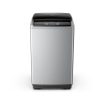

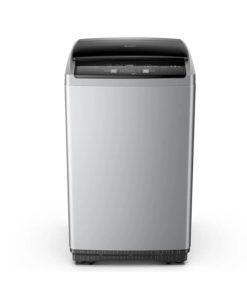
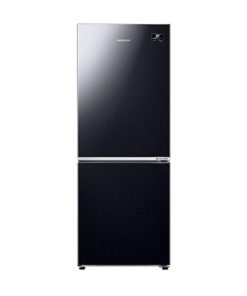
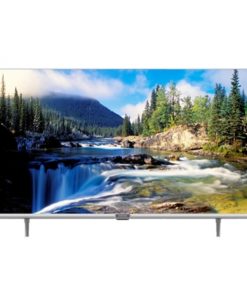

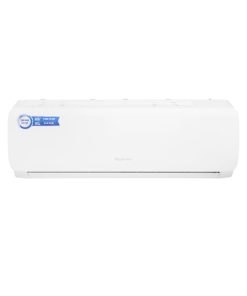

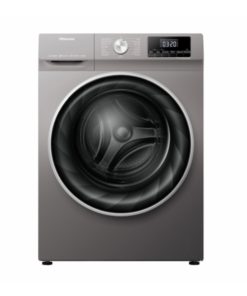
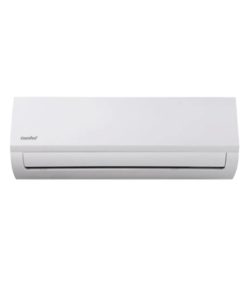

Reviews
There are no reviews yet.